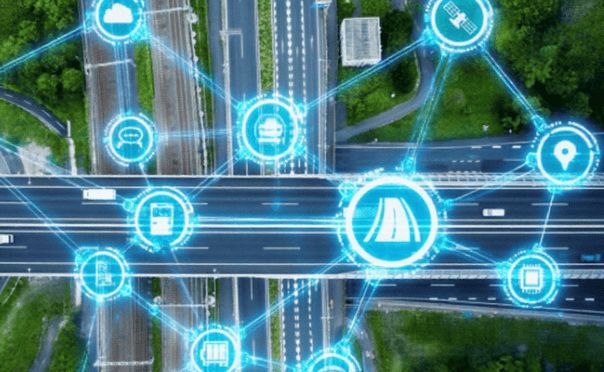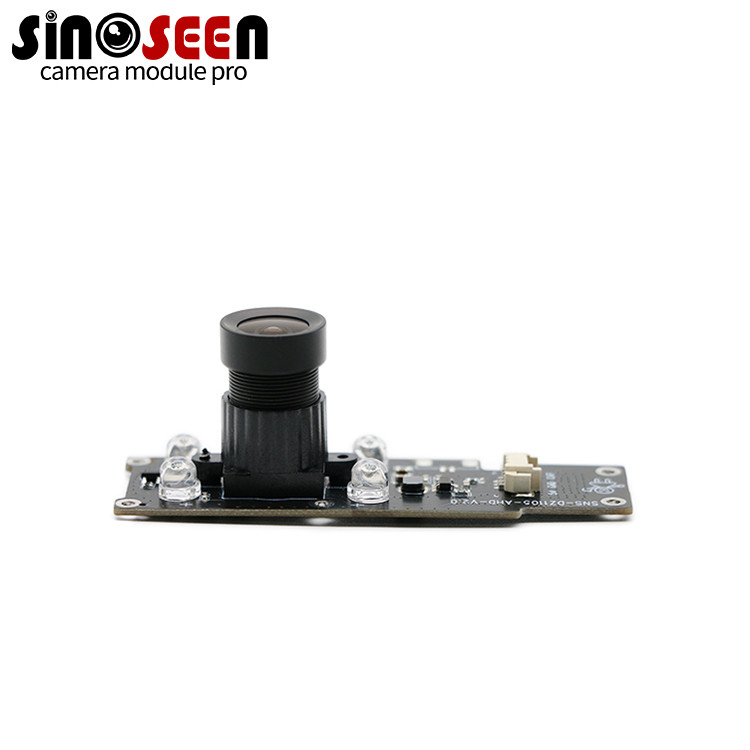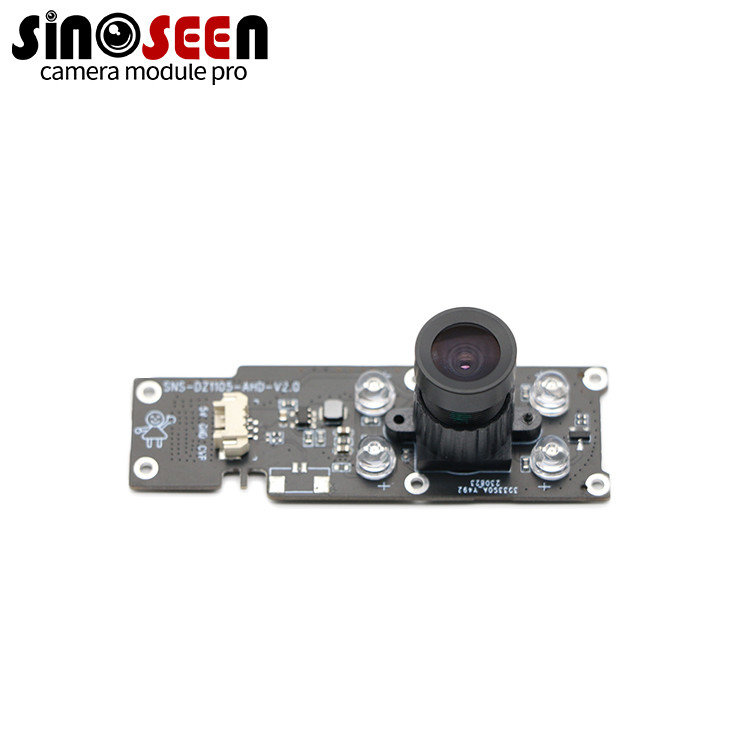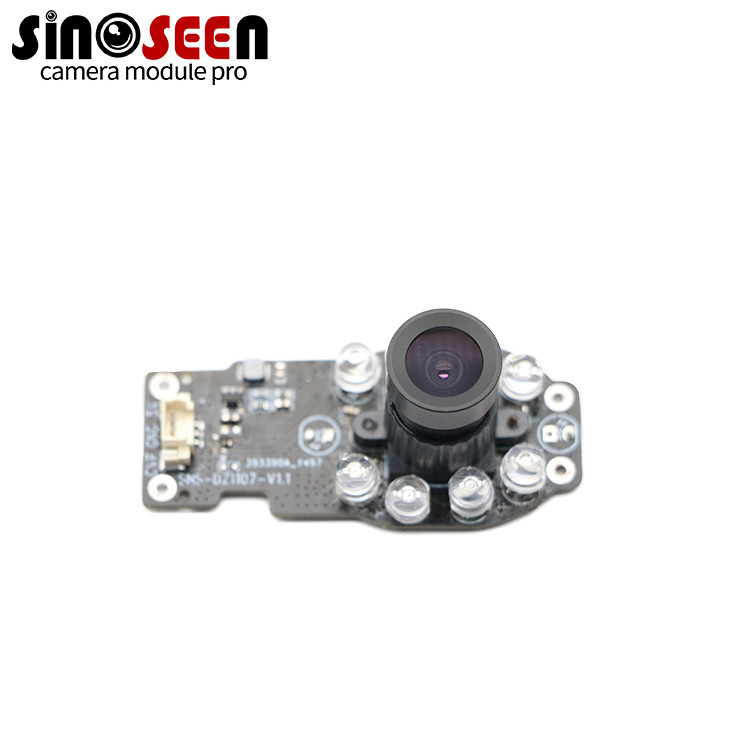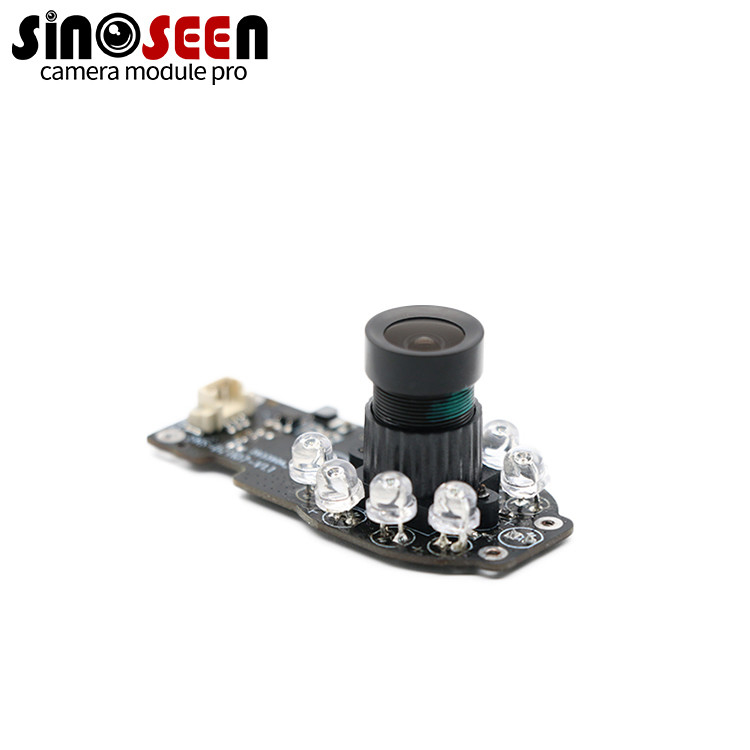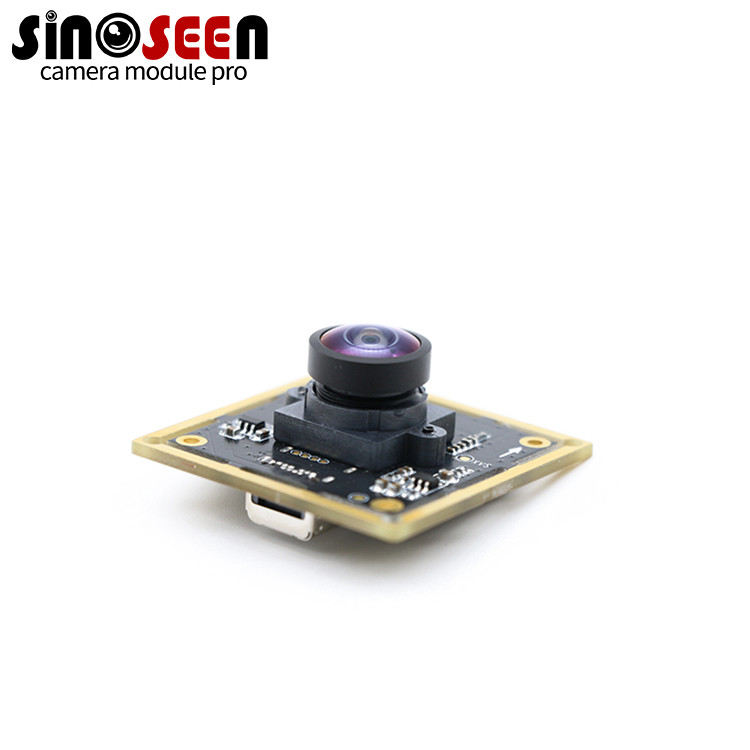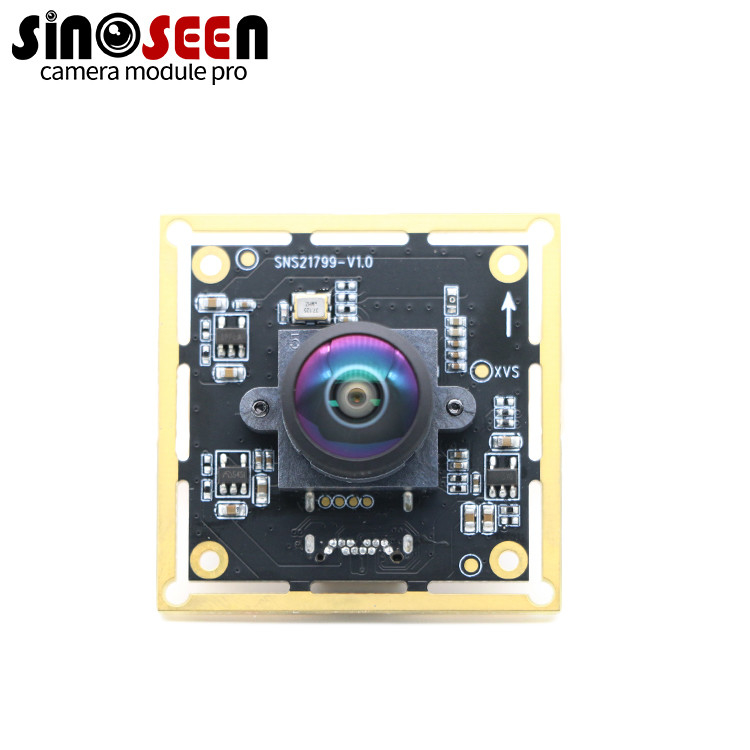Intelligent Traffic Systems How Cameras Power Smart City Mobility and Safety
Modern cities face a huge challenge: managing ever-growing traffic. Congestion, pollution, and safety are constant headaches. That's where intelligent traffic systems (ITS) come in. These smart systems use advanced tech to make traffic flow better and roads safer. At their heart are cutting-edge camera modules. For engineers in embedded vision, understanding how cameras power these networks is vital. It’s key to building the next generation of smart city infrastructure.
What Exactly Is a Smart Traffic Management System?
A smart traffic management system, or ITS, is a high-tech way to handle traffic. It uses sensors, cameras, communication tech, and software. All this gathers real-time data. This data helps manage traffic flow, cut down on jams, and boost safety. Unlike old systems with fixed timings, ITS can change based on live traffic. It optimizes everything: from traffic light signals to road signs and public transport. The main goal is to make city travel smoother, faster, and greener.

What Is the Indispensable Role of Cameras in Traffic Management?
Cameras are the "eyes" of an intelligent traffic system. They provide the visual data needed to watch and control traffic in real time. From counting cars to spotting crashes, cameras offer key information. They do more than just detect presence; they give rich details about the situation. Without advanced camera tech, many smart traffic functions wouldn't be possible. They are fundamental to making traffic systems truly "intelligent."
Traffic Light Camera System: Beyond Mere Enforcement
A traffic light camera system is much more than just a red-light enforcer. These camera solutions are crucial for modern traffic signal control. They capture live video. This lets the system find cars, bikes, and people. This real-time detection helps traffic lights change their timing. This cuts down on waiting and improves flow. They also check for rules being followed, giving data for traffic plans and law enforcement. These systems are key for traffic lights that adapt to what's really happening on the road.
Top Camera Features Every Smart Traffic System Needs
For an intelligent traffic system to work well, its cameras need specific features. These ensure accurate data collection and reliable performance, even in tough conditions.
1. High Resolution and Stellar Low-Light Performance
High-resolution cameras (like 4K or 8MP) capture more detail. This helps identify car types, license plates, and small traffic events. Great low-light performance is also a must. Traffic systems run 24/7. Cameras must see clearly at night or in bad weather. This ensures constant, reliable data for traffic management, a vital feature for any traffic lights system.
2. Wide Dynamic Range (WDR) and Effective Anti-Glaring
Traffic scenes often have harsh lighting. Bright headlights, strong sun, and deep shadows are common. WDR helps cameras capture details in both very bright and very dark parts of the same scene at once. Anti-glare features further improve what you can see by cutting down reflections. This makes sure images are clear no matter the challenging light. This is vital for uninterrupted monitoring of road conditions.

3. High Frame Rate and Global Shutter Technology
A high frame rate (like 30-60 frames per second) is essential for capturing fast-moving vehicles without blur. This helps accurately count cars and estimate their speed. Global shutter sensors are much preferred. They capture the whole image at once. This stops distortion that rolling shutters can cause on moving objects. This is key for precise vehicle tracking and analysis within the intelligent traffic system.
4. Edge AI Processing Capabilities: On-Site Intelligence
Putting AI processing directly into the camera (edge AI) offers huge benefits. It allows for real-time analysis right where the video is taken. The camera can spot cars, group them, or find incidents without sending raw video back to a main computer. This cuts data load, reduces delays, and speeds up decisions. It's a game-changer for responsive intelligent traffic systems and strong traffic analytics solutions.
5. Robustness and Superior Environmental Sealing
Traffic cameras work outdoors in tough conditions. They must handle extreme heat, cold, rain, snow, dust, and even vandalism. Cameras need high IP (Ingress Protection) ratings. They also need strong casings and reliable inside parts. This ensures they work for a long time with little upkeep. This is a critical, practical traffic lights camera feature.
6. Power over Ethernet (PoE) and Seamless Integration
Power over Ethernet (PoE) makes setting up easier. It sends both power and data through one Ethernet cable. This means fewer cables and lower costs. Cameras also need to connect easily with existing traffic controls and new ITS platforms. Standard ways to connect and software toolkits make deployment smoother. This solves a big problem for system integrators, enhancing the overall efficiency of smart city deployments.
The Future: How Intelligent Traffic Systems Benefit Cities
The benefits of advanced intelligent traffic systems are huge. They fix major urban problems and make cities better places to live.
Reducing Congestion and Significantly Lowering Travel Times
By changing traffic lights based on how many cars are really flowing, ITS can greatly reduce traffic jams. This makes green lights last longer and cuts down on needless stops. A 2024 study by the Urban Mobility Institute showed that cities using adaptive traffic light systems saw average travel times drop by 15-25% during busy hours. This means less time stuck in traffic for everyone.

Dramatically Enhancing Road Safety Measures
Cameras allow for quick detection of accidents, broken-down vehicles, or unusual events. This means faster emergency help. They also help watch dangerous intersections, catch people running red lights, and find risky driving. This data helps with safety programs, directly lowering accident rates and saving lives. This proactive approach is key for effective traffic safety management.
Lowering Emissions and Optimizing Fuel Consumption
Smoother traffic flow means less stopping and going. This directly leads to less gas used and lower car pollution. By making routes better and cutting down on idling, ITS greatly helps city air quality and environmental goals. It's a win-win for people and the planet.
Improving Public Transport Efficiency and Reliability
ITS can give priority to public transport (like buses or trams) at intersections. This helps them stay on schedule more reliably. Real-time traffic data also helps manage bus lanes and make routes better. This makes public transport a more attractive, efficient, and reliable choice. This further reduces how much people rely on their own cars and promotes sustainable urban transit solutions.
Summary: Cameras as the Unquestionable Core of Smart Mobility
Intelligent traffic systems are changing cities. They make them smarter, safer, and more livable. At their core are advanced camera modules. These provide the real-time visual data needed for dynamic traffic management. Key features like high resolution, WDR, high frame rates, and edge AI processing are crucial for their effectiveness. By providing vital insights for a traffic light camera system and broader traffic lights system control, these cameras help cut down jams, boost safety, and lower pollution. They are truly the eyes that power a smarter, more efficient future for city travel.
Power Your Next-Gen Intelligent Traffic System with Muchvision`s Expertise
Ready to build cutting-edge intelligent traffic systems that transform city travel? Explore our range of high-performance camera modules made for traffic monitoring and control. Contact our embedded vision experts today. Let's discuss how our advanced camera technology can provide the clear vision and strong reliability your smart city solutions need to thrive.

 EN
EN
 AR
AR
 DA
DA
 NL
NL
 FI
FI
 FR
FR
 DE
DE
 EL
EL
 HI
HI
 IT
IT
 JA
JA
 KO
KO
 NO
NO
 PL
PL
 PT
PT
 RO
RO
 RU
RU
 ES
ES
 SV
SV
 TL
TL
 IW
IW
 ID
ID
 SR
SR
 VI
VI
 HU
HU
 TH
TH
 TR
TR
 FA
FA
 MS
MS
 IS
IS
 AZ
AZ
 UR
UR
 BN
BN
 HA
HA
 LO
LO
 MR
MR
 MN
MN
 PA
PA
 MY
MY
 SD
SD

